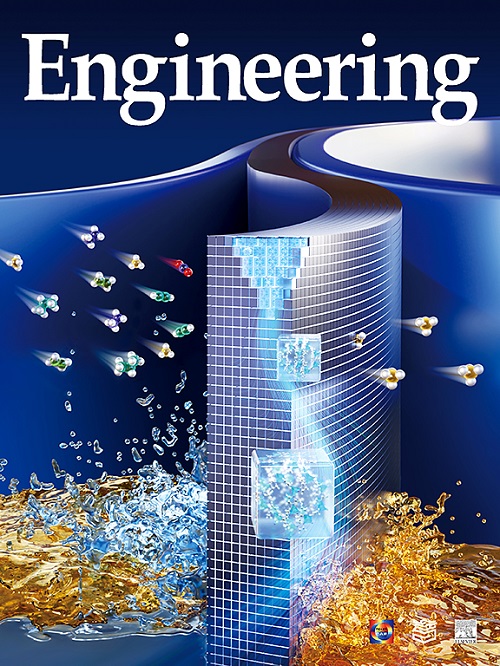A Decade Review of Video Compressive Sensing: A Roadmap to Practical Applications
IF 10.1
1区 工程技术
Q1 ENGINEERING, MULTIDISCIPLINARY
引用次数: 0
Abstract
It has been over a decade since the first coded aperture video compressive sensing (CS) system was reported. The underlying principle of this technology is to employ a high-frequency modulator in the optical path to modulate a recorded high-speed scene within one integration time. The superimposed image captured in this manner is modulated and compressed, since multiple modulation patterns are imposed. Following this, reconstruction algorithms are utilized to recover the desired high-speed scene. One leading advantage of video CS is that a single captured measurement can be used to reconstruct a multi-frame video, thereby enabling a low-speed camera to capture high-speed scenes. Inspired by this, a number of variants of video CS systems have been built, mainly using different modulation devices. Meanwhile, in order to obtain high-quality reconstruction videos, many algorithms have been developed, from optimization-based iterative algorithms to deep-learning-based ones. Recently, emerging deep learning methods have been dominant due to their high-speed inference and high-quality reconstruction, highlighting the possibility of deploying video CS in practical applications. Toward this end, this paper reviews the progress that has been achieved in video CS during the past decade. We further analyze the efforts that need to be made—in terms of both hardware and algorithms—to enable real applications. Research gaps are put forward and future directions are summarized to help researchers and engineers working on this topic.

视频压缩感知十年回顾:走向实际应用的路线图
自第一个编码孔径视频压缩传感(CS)系统问世以来,已有十多年的时间。这项技术的基本原理是在光路中使用一个高频调制器,在一个积分时间内对记录的高速场景进行调制。由于采用了多种调制模式,因此以这种方式拍摄的叠加图像经过了调制和压缩。然后,利用重构算法恢复所需的高速场景。视频 CS 的一个主要优点是,单次捕捉的测量值可用于重建多帧视频,从而使低速摄像机也能捕捉高速场景。受此启发,人们建立了许多视频 CS 系统的变体,主要使用不同的调制设备。同时,为了获得高质量的重建视频,人们开发了许多算法,从基于优化的迭代算法到基于深度学习的算法。最近,新兴的深度学习方法因其高速推理和高质量重构而占据主导地位,凸显了在实际应用中部署视频 CS 的可能性。为此,本文回顾了过去十年中视频 CS 所取得的进展。我们进一步分析了为实现实际应用而需要在硬件和算法方面做出的努力。本文提出了研究差距,并总结了未来的发展方向,希望能为从事该课题研究的研究人员和工程师提供帮助。
本文章由计算机程序翻译,如有差异,请以英文原文为准。
求助全文
约1分钟内获得全文
求助全文
来源期刊

Engineering
Environmental Science-Environmental Engineering
自引率
1.60%
发文量
335
审稿时长
35 days
期刊介绍:
Engineering, an international open-access journal initiated by the Chinese Academy of Engineering (CAE) in 2015, serves as a distinguished platform for disseminating cutting-edge advancements in engineering R&D, sharing major research outputs, and highlighting key achievements worldwide. The journal's objectives encompass reporting progress in engineering science, fostering discussions on hot topics, addressing areas of interest, challenges, and prospects in engineering development, while considering human and environmental well-being and ethics in engineering. It aims to inspire breakthroughs and innovations with profound economic and social significance, propelling them to advanced international standards and transforming them into a new productive force. Ultimately, this endeavor seeks to bring about positive changes globally, benefit humanity, and shape a new future.
 求助内容:
求助内容: 应助结果提醒方式:
应助结果提醒方式:


